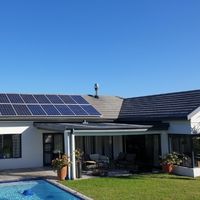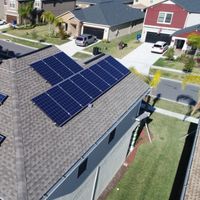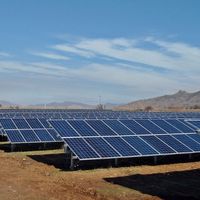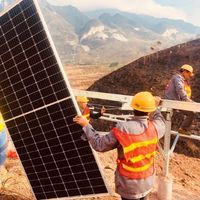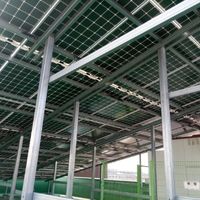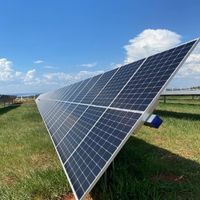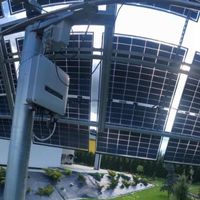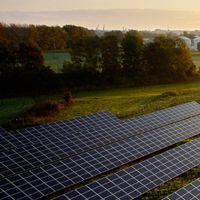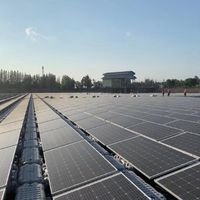2022.Oct
19
CEA: Global polysilicon production capacity will reach 536GW by the end of 2023
CEA: Global polysilicon production capacity will reach 536GW by the end of 2023, far exceeding installed photovoltaic capacity A few days ago, the Clean Energy Association (CEA), a technical consultancy for solar energy and energy storage supply, released a photovoltaic industry report. The report pointed out that by the end of 2022, the global polysilicon production capacity is expected to reach 295GW, and by the end of 2023, it will reach 536GW. Far more than solar capacity, which may indicate that the shortage of silicon material is expected to ease. On the other hand, module capacity expansion is slowing down, while many manufacturers are expanding cell capacity to meet technology trends for N-type TOPCon and HJT cells. CEA said that in the second quarter, the production capacity of silicon ingots increased by nearly 30GW, but the production capacity of silicon wafers decreased slightly; on the battery side, the data of 17 battery suppliers in the report showed that the solar cell production capacity increased by 22% in the second quarter to 47GW, The total reached 262GW; PV module production reached 324GW in the second quarter, and CEA expects this figure to expand by 20% to 400GW by the end of the year. Only 7 suppliers covered by the CEA report are vertically integrated upstream and downstream enterprises, and most of the remaining suppliers are mainly independent links in the industry chain. "With increased choice of wafer types, most suppliers have little need to expand upstream," CEA noted, with suppliers working to optimize industry-standardized 210 mm (G12) and 182 mm (M10) wafers, with "182 mm Plus" (182P) to further reduce the "empty space" caused by the inter-cell gap for additional output up to 5 W. "210 mm Reduced" (210R), which reduces the wafer width to accommodate rooftop PV applications at the expense of power output, is expected to introduce new module sizes to the residential solar market. Many analysts predict that China's installed PV capacity will exceed 100 GW this year. However, CEA expects China's PV installations to decline slightly in 2022, as high prices in the PV industry chain affect utility-scale projects. The company said that many projects were delayed because they were unable to meet expected yields. The CEA also noted that the majority of the polysilicon supply chain is located in China, with 11 GW of polysilicon capacity outside China, 42 GW of cell capacity and 50 GW of module capacity, which are expected to expand to 23 GW and 73 GW, respectively, by the end of 2023 and 74 GW. Source: pv-magazine, SOLARZOOM
Read More
